In the fast-evolving landscape of healthcare, managing resources efficiently while providing high-quality care is paramount. Enter Utilization Management (UM), a crucial process that ensures healthcare services are not only appropriate but also cost-effective. In this blog, we’ll explore the need for Utilization Management in the healthcare sector and how Salesforce Health Cloud emerges as a compelling solution.
What is Utilization Management?
Utilization management, or UM, within the healthcare sector, involves the assessment of the effectiveness, suitability, and medical justification of treatments, services, procedures, and healthcare facilities provided to individual patients.
This evaluation is typically overseen by entities responsible for purchasing medical services, such as insurance providers, rather than being solely within the purview of healthcare professionals.
UM impacts various stakeholders, including hospitals, healthcare practitioners, insurers, and patients. It seeks to optimize the allocation of healthcare resources and ensure that care is both appropriate and efficient.

What are the Pain Points of Utilization Management?
- Cost Escalation: Healthcare costs are spiraling out of control, straining budgets and affecting patient access. UM can help curb excessive spending on unnecessary treatments and tests.
- Fragmented Data: Patient information is often scattered across systems, hindering care coordination. Salesforce Health Cloud centralizes data, improving the decision-making process.
- Inefficient Workflows: Cumbersome administrative processes slow down healthcare delivery. Utilization Management streamlines authorization workflows, ensuring timely care.
- Medical Errors: Inappropriate or redundant treatments can lead to medical errors. UM promotes evidence-based decision-making, reducing the risk of errors.
- Patient Satisfaction: Patients demand transparency and involvement in their care. Salesforce Health Cloud’s patient engagement tools enhance the patient experience.
Features of a Utilization Management
UM’s features may vary depending on the specific healthcare organization and its needs, but here are some common features associated with Utilization Management:

Medical Necessity Assessment:
UM involves assessing whether a specific medical treatment, procedure, or service is medically necessary for a patient based on clinical criteria and guidelines. This ensures that patients receive care that aligns with their medical needs.
Clinical Guidelines and Criteria:
It relies on evidence-based clinical guidelines and criteria to make decisions about the appropriateness of healthcare services, ensuring that care follows best practices.
Streamlined Authorization:
UM creates standardized and efficient processes for the review and authorization of healthcare services, streamlining administrative workflows.
Peer Review:
In some cases, UM includes peer review by healthcare experts to ensure impartial and informed decisions regarding the necessity of specific treatments or procedures.
Cost Containment:
UM aims to control healthcare costs by preventing unnecessary or excessive spending on treatments and services that may not benefit the patient.
Appeals Process
An appeals process allows patients and healthcare providers to challenge UM decisions. It can be done in case if they believe that a denial of a particular service was unjustified.
Utilization Management, in conjunction with Salesforce Health Cloud, represents a powerful synergy in modern healthcare. It addresses critical pain points, promotes efficient resource allocation, and ultimately improves patient care quality. It does all that while ensuring cost-effectiveness—a testament to the transformative potential of technology in healthcare management.



